Post Traumatic Vision Syndrome Treatment
Post traumatic vision syndrome treatment. Since we do not see with our eyes but with our visual brain the eye may be healthy but the visual symptoms persist. Introduction Visual dysfunction and symptoms of asthenopial headaches diplopia dizziness inability to focus movement of print when reading and difficulty with tracking and fixation are common after a traumatic. The results also demonstrate that base-in prism and bi-nasal occluders are an effective means to.
The collective symptoms of visual disturbances following a head injury are referred to as post-traumatic vision syndrome PTVS. A new treatment using prisms and bi-nasal occluders which affected amplitude responses of the VEP was evaluated. An experimental group was used in this study.
Following a neurological event such as a traumatic brain injury TBI cerebrovascular accident CVA multiple sclerosis MS etc. Post traumatic vision syndrome is generally treated by a neuro-optometrist through a therapy program called neuro-optometric rehabilitation. Neuro-optometric rehabilitation is an effective treatment for the improvement of the visual skills that have been affected by a concussion or TBI.
Neuro-optometric rehabilitation helps to restore pathways in the eye-brain connection and reduce PTVS symptoms. The collective symptoms of visual disturbances following a head injury are referred to as post-traumatic vision syndrome PTVS. A prism is a wedge of glass or plastic.
How is Post Trauma Vision Syndrome treated. Treatment regimens encompass medically necessary non-compensatory lenses and prisms with and without occlusion. Vision imbalances can occur between affecting the focal and ambient visual process that can affect balance posture ambulation reading attention concentration and cognitive function in general.
Particular types of prescription lenses can improve the efficiency of visual function and how an individual processes depth and space. In fact a number of individuals with VMSS have reported to the authors that the floor appears to be tilted. Neuro-optometric rehabilitation helps to restore pathways in the eye-brain connection and reduce PTVS symptoms.
The results demonstrate the amplitude of the VEP is a function of cortical binocular integration and that this is influenced by dysfunction of the ambient visual process. Developmental optometrists are specialists in providing visual rehabilitation therapy.
Treatment of this syndrome may include binasal occlusion in conjunction with low amounts of base-in prism and other types of neuro-optometric rehabilitative approaches including vision therapy.
Introduction Visual dysfunction and symptoms of asthenopial headaches diplopia dizziness inability to focus movement of print when reading and difficulty with tracking and fixation are common after a traumatic. How is Post Trauma Vision Syndrome treated. Particular types of prescription lenses can improve the efficiency of visual function and how an individual processes depth and space. While 20 of the patients they see need no further treatment beyond a bit of prism to treat eye teaming issues or visual midline shift syndrome prescription in lenses and tinted lenses the remaining 80 need active therapy. In fact a number of individuals with VMSS have reported to the authors that the floor appears to be tilted. The collective symptoms of visual disturbances following a head injury are referred to as post-traumatic vision syndrome PTVS. Following a neurological event such as a traumatic brain injury TBI cerebrovascular accident CVA multiple sclerosis MS etc. Neuro-optometric rehabilitation is an effective treatment for the improvement of the visual skills that have been affected by a concussion or TBI. Vision imbalances can occur between affecting the focal and ambient visual process that can affect balance posture ambulation reading attention concentration and cognitive function in general.
What is post traumatic vision syndrome. Introduction Visual dysfunction and symptoms of asthenopial headaches diplopia dizziness inability to focus movement of print when reading and difficulty with tracking and fixation are common after a traumatic. Post trauma vision syndrome. TREATMENT AFTER BRAIN INJURY Post Traumatic Vision Syndrome Post Traumatic Vision Syndrome describes visual conditions that are frequently present after brain injury from stroke brain surgery or trauma. The collective symptoms of visual disturbances following a head injury are referred to as post-traumatic vision syndrome PTVS. Post concussion syndrome is a set of symptoms such as headache dizziness fatigue vision problems and problems concentrating that may be experienced for weeks months or more after a concussion especially if the concussion was severe enough to lose consciousness. Since we do not see with our eyes but with our visual brain the eye may be healthy but the visual symptoms persist.



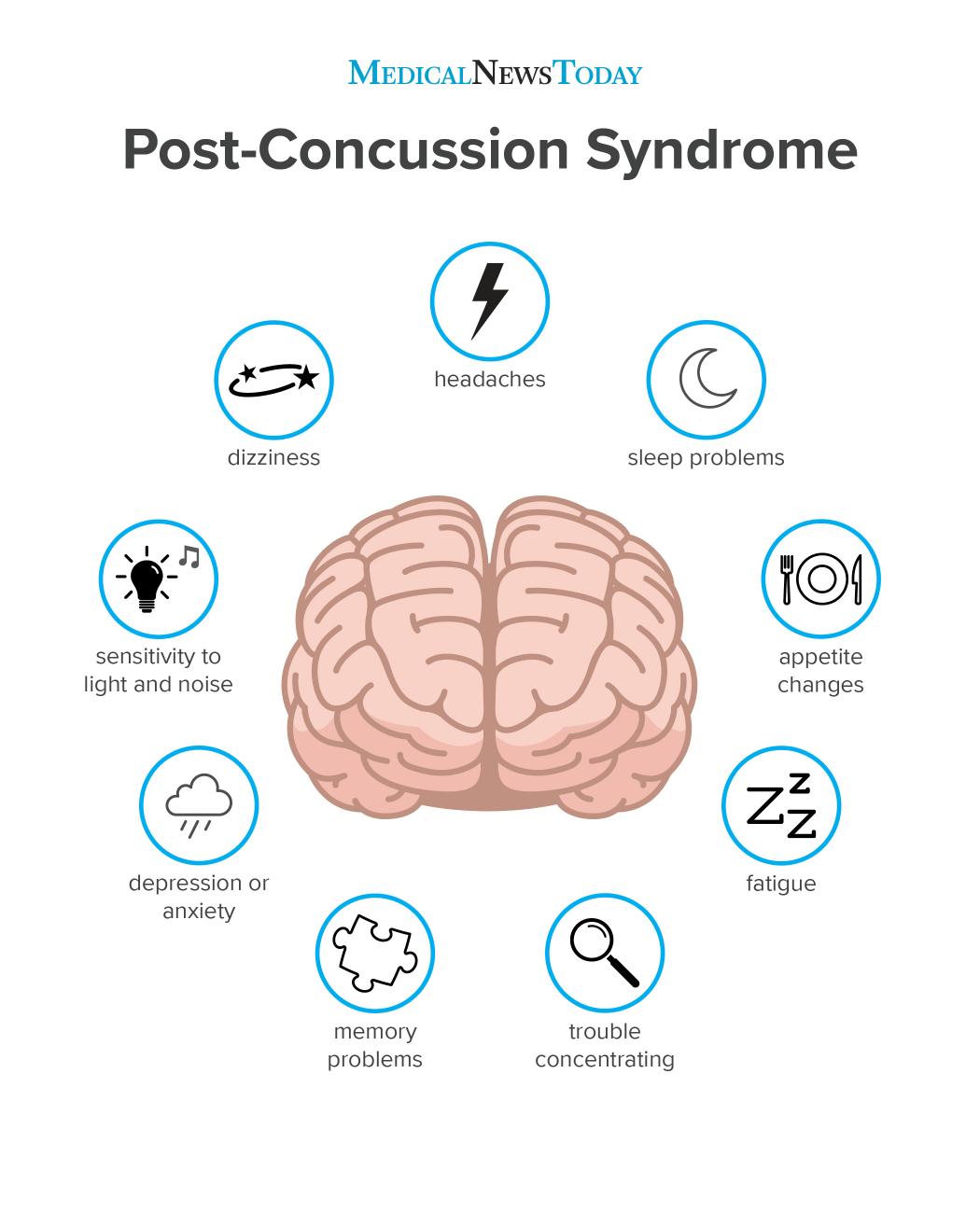



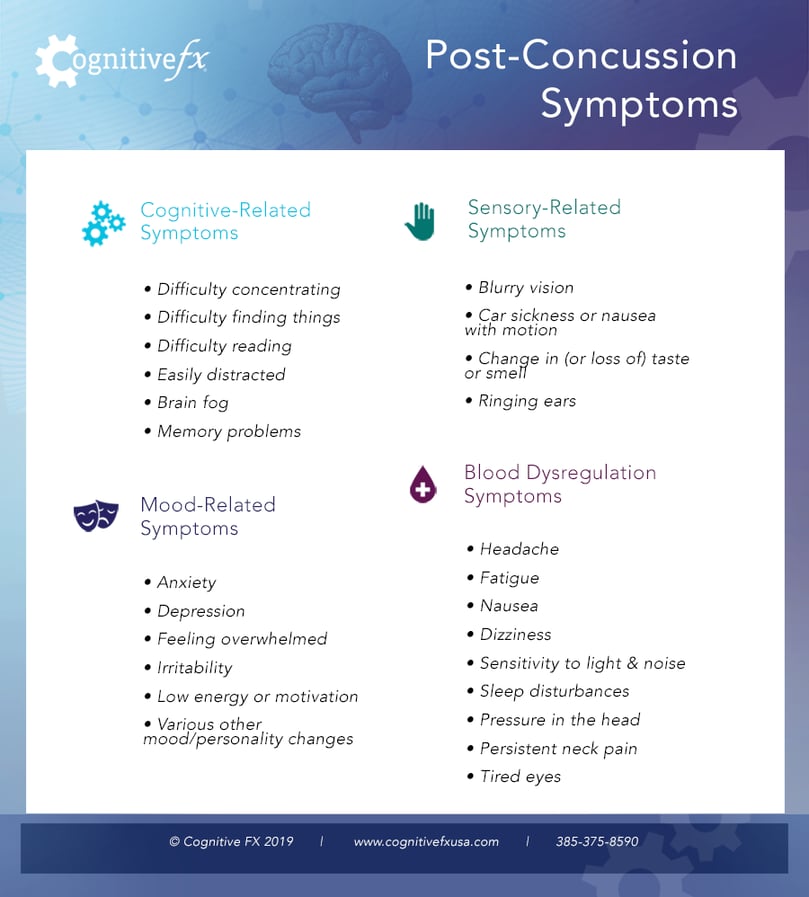


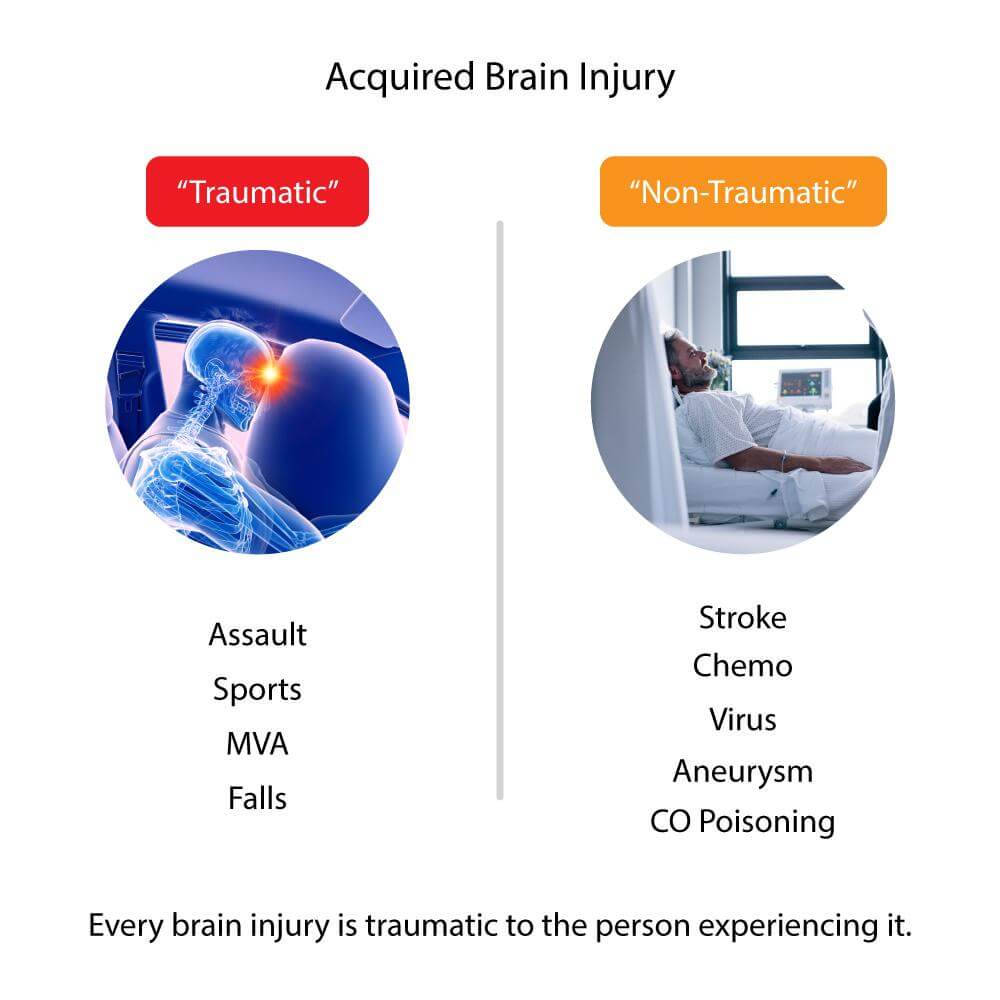


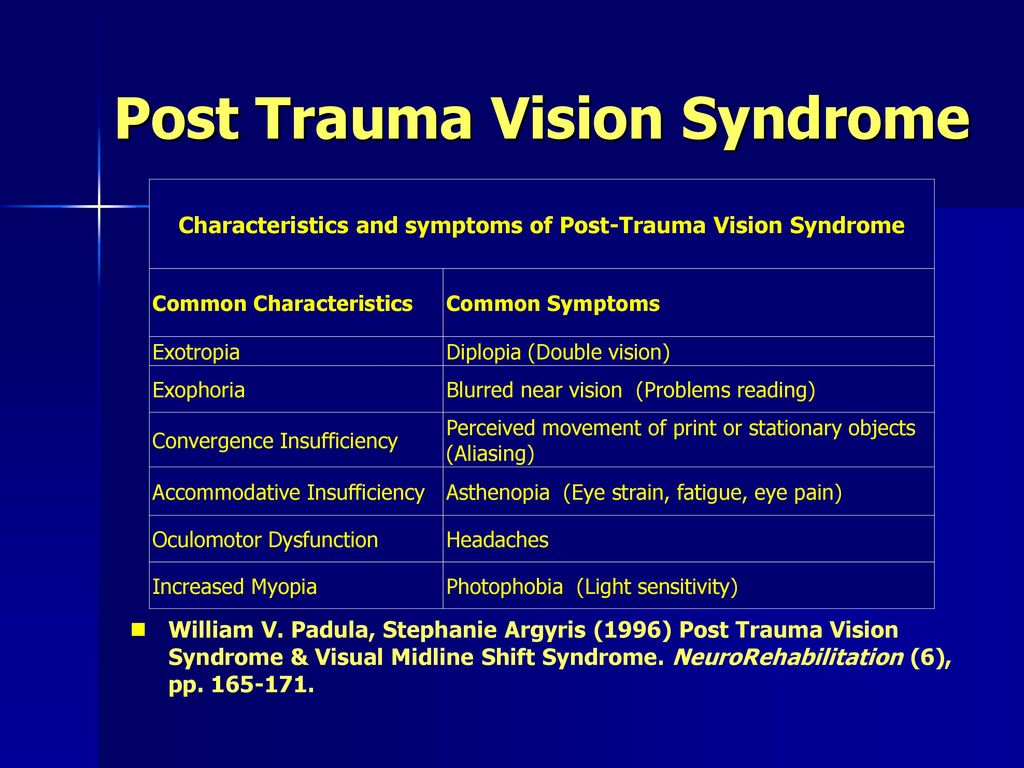
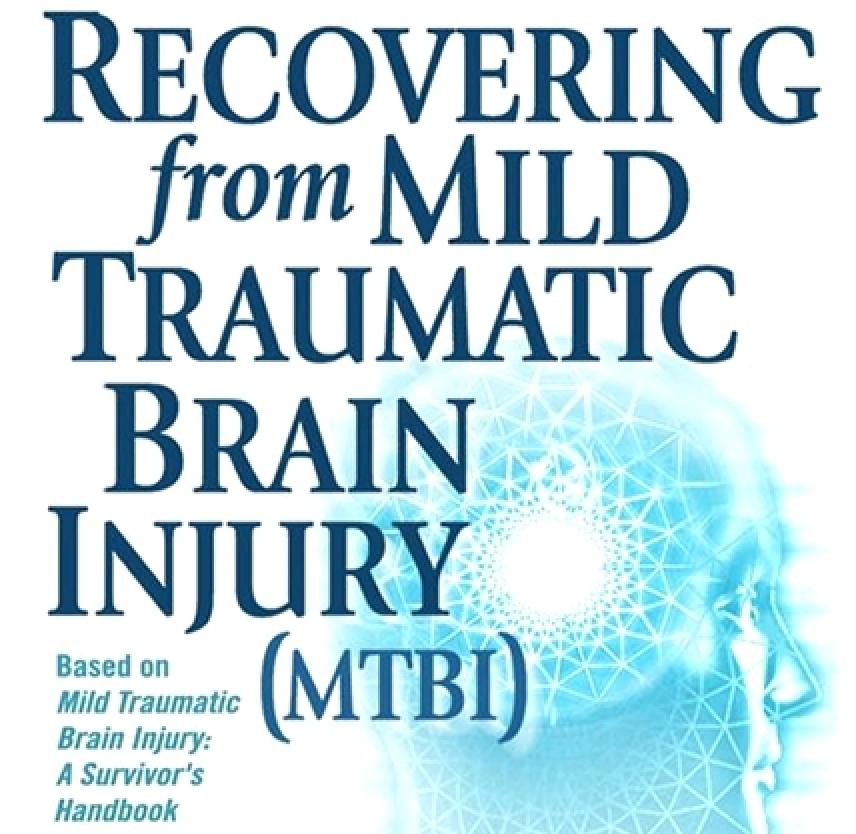


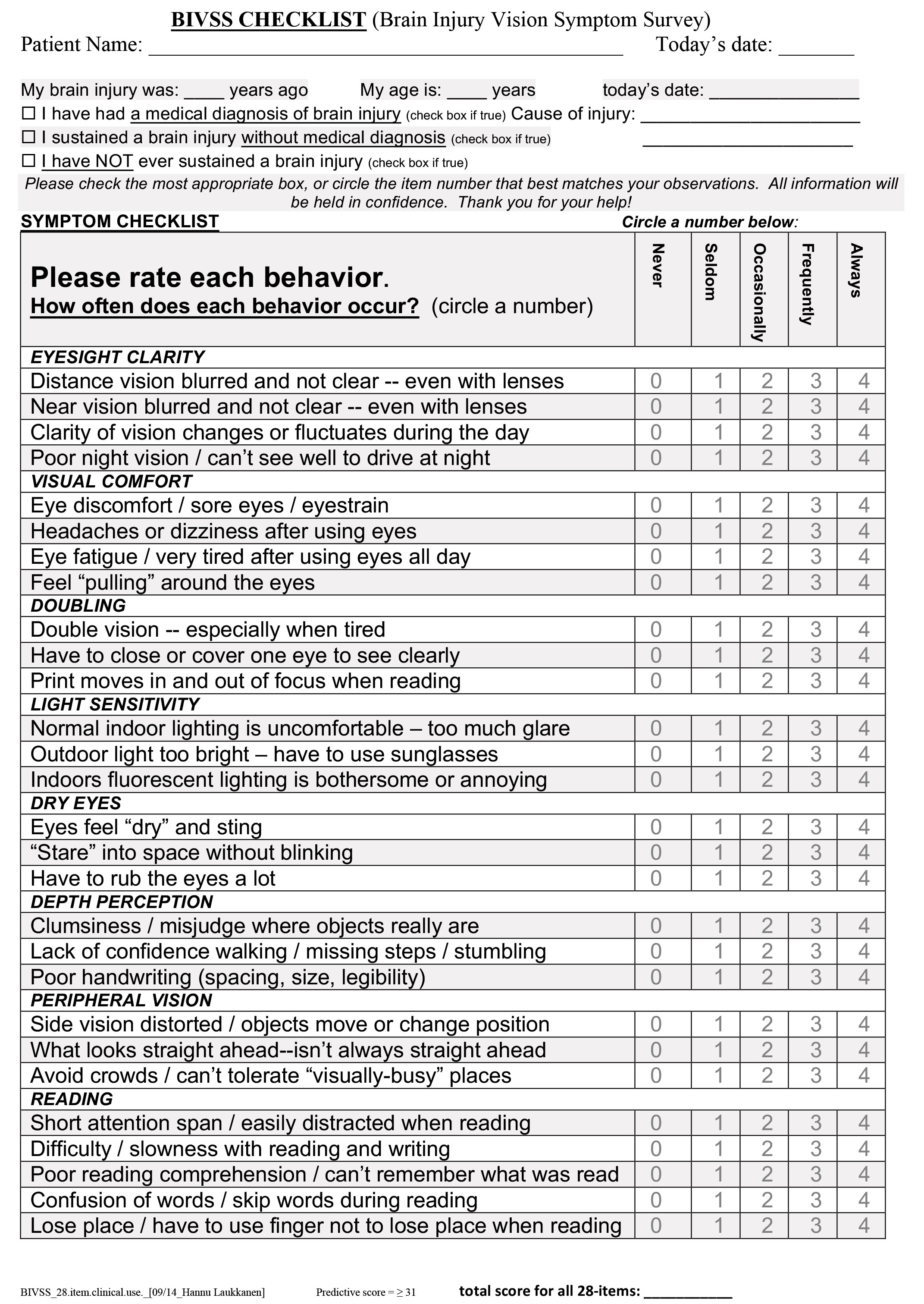
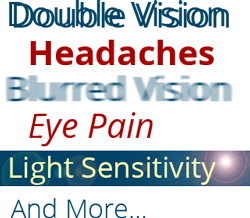





/colorful-female-eye-macro-photography-eyesight-contact-lens-vision-biometrics-concept-177681307-59a08a1b6f53ba0011755d85.jpg)



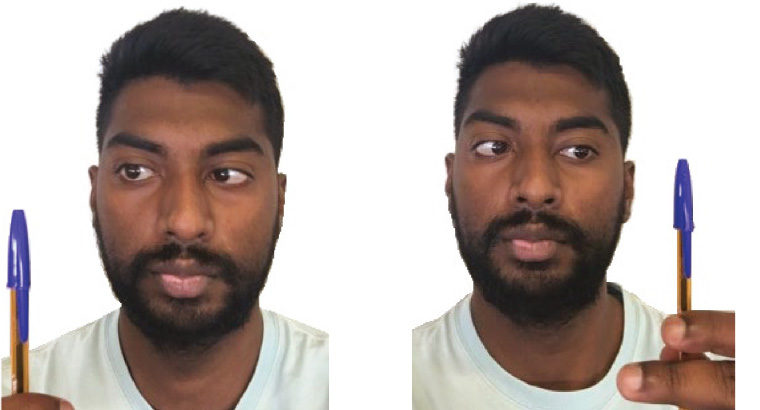

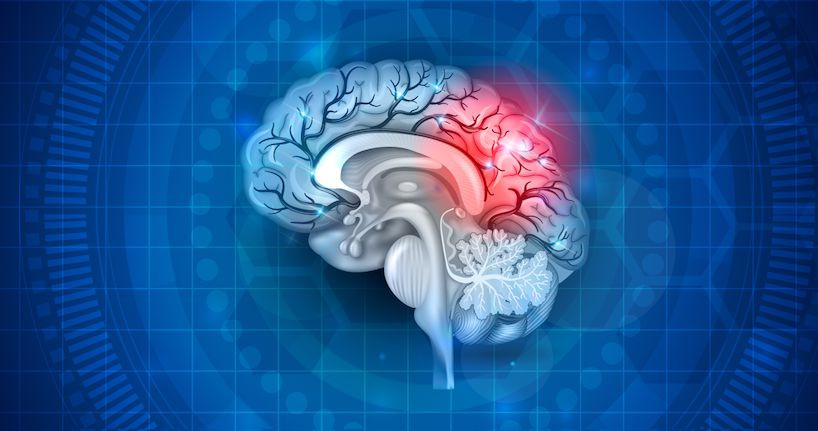
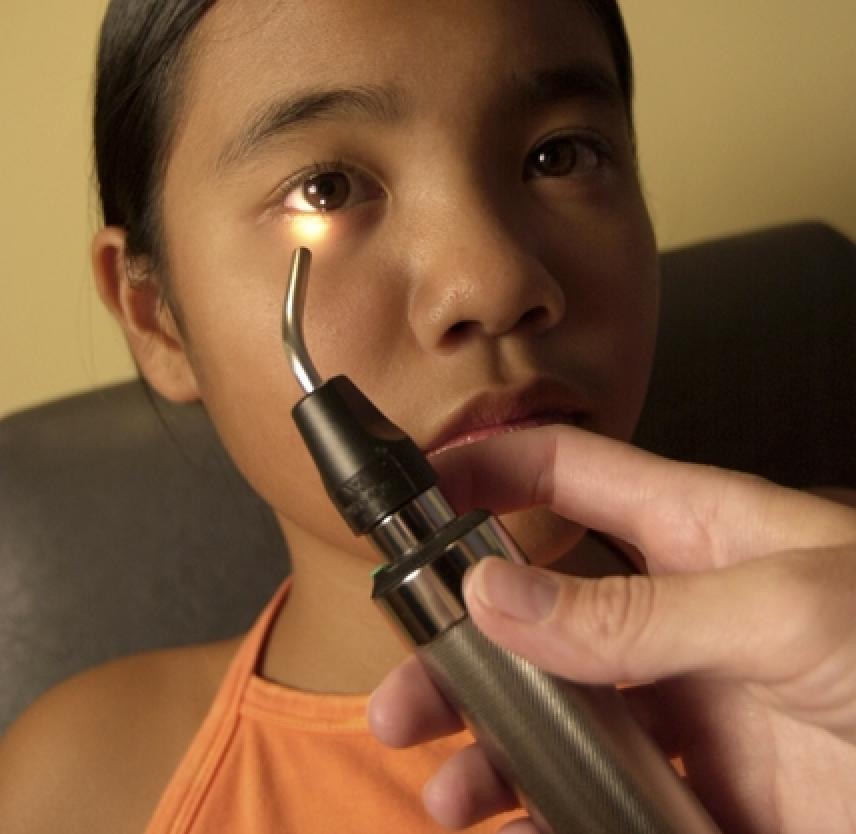
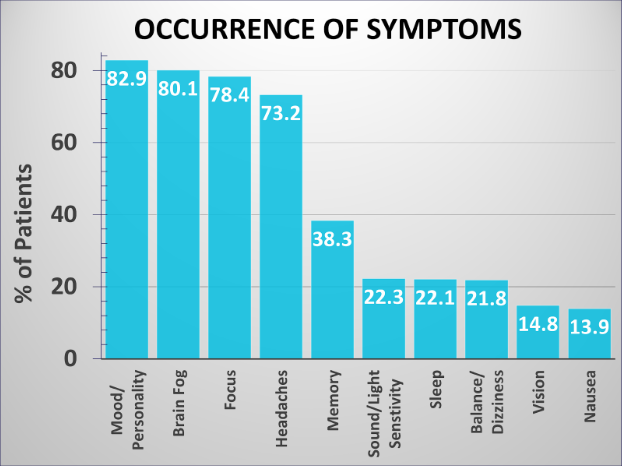




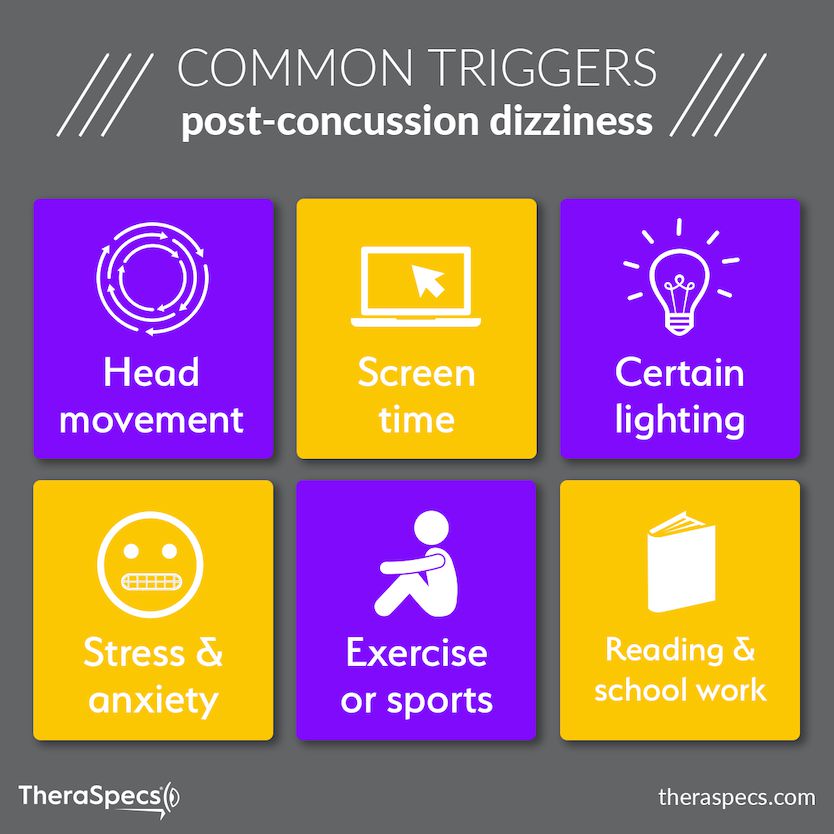







Post a Comment for "Post Traumatic Vision Syndrome Treatment"